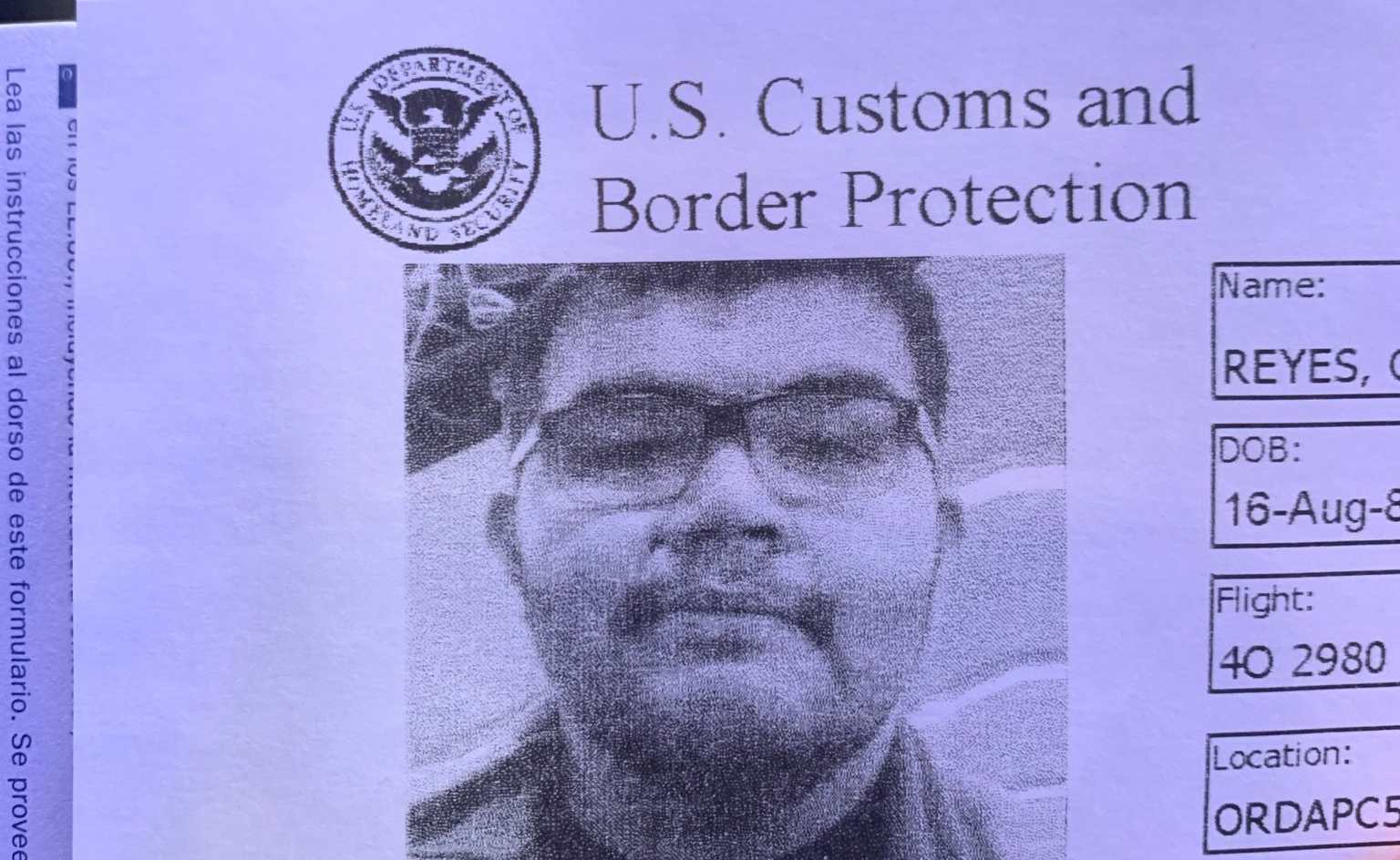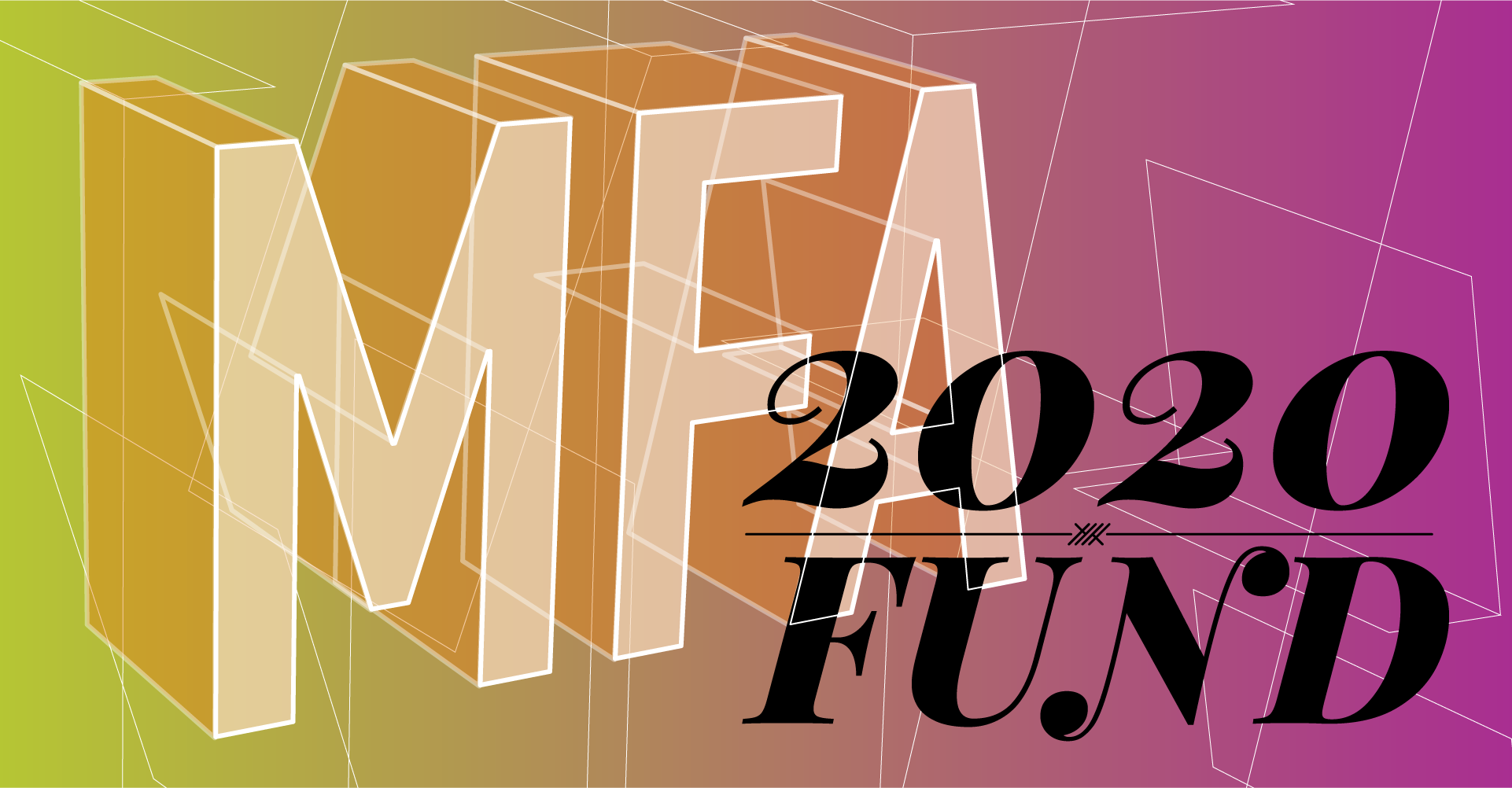We are happy to share our interview with Gonzalo Reyes Rodriguez, MFA Visiting Artist for 2020-2021! He received a BFA from the School of the Art Institute of Chicago, and an MFA from the University of Pennsylvania. His work has been featured in Hyperallergic, Contemporary Art Daily, Public Parking and the Daily Lazy.
Read about his work as a visual artist, his career, and position as the MFA Visiting Artist!
Enjoy!
Can you tell us a little bit about yourself?
I’m an artist. I grew up in Mexico City but I’ve lived most of my life now in Chicago with some exceptions living in the east coast and Europe for school. Almost all of my work is about photography. My work addresses the language of representation and the conventions in which photographs describe and give order to the world around us. I’m also the MCAD MFA Visiting Artist 20-21.
Did you grow up knowing that you wanted to pursue a creative career?
Actually no. I had no idea what I was going to do with my life growing up. When it came down to choosing what college to go to I didn’t know what I was doing. My parents both went to college in Mexico and that process is totally different than in the U.S. so I was really on my own. The only thing I knew was that not going to college was not an option. I applied to the University of Illinois in Chicago and the School of the Art Institute. In high school I was really good at Science and Math so I thought I could figure it out at UIC, and I applied to SAIC because my art teachers had gone there and I thought they were cool. I got into both but SAIC offered a full tuition scholarship so I figured I could do that for a year since it was free and then figure something else out if it didn’t work. I was lucky enough to find really influential teachers such as Gregg Bordowitz, Barbara DeGenevieve and Claire Pentecost that helped figure out my interests and taught me the language and discourse of contemporary art. What I thought was going to be one year ended up being 4 years of following each professor’s class recommendations until I graduated.
Tell us about your position as the MFA Visiting Artist?
I’ll be teaching Graduate Critique Seminar 1 & Thesis Preparation 1. I’m really excited about both courses, I think they play to my strengths. Writing is very important to my work as an artist. I write throughout my art making process, but I also write about art and the work of other artists. It’s become another way for me to respond to the world around me and pose questions that could be asked better through the written word as opposed to art. In the last two years I’ve been lucky to have opportunities to publish, as well as colleagues who have reached out asking me to write about their work or for their curatorial projects. I am really excited about sharing some texts by artists I enjoy and I think will be a good foundation for the second year students to think about how they as artists will approach writing about their work, their research and their theses.
Likewise for the graduate critique seminar, I think ultimately this type of course is about establishing community and camaraderie within the program. The goal of any critique seminar in an MFA program is to work together to make each other’s work stronger. In students’ very first semester, it’s about getting weird and exploring new ways of thinking and making in their studios vis-à-vis the critique process. I’m looking forward to watching the students get weird while working together to support each other.
What are your goals as the MCAD MFA visiting artist?
I think my biggest goal as the MFA visiting artist is to learn. I want to learn about the program, from the students, the school and Minneapolis. As artists we are always learning and doing so publicly and I am really excited to be in a new city and the ways in which it will affect my work.
Do you find that your personal artistic practice informs your teaching? How so?
When I started teaching I had just graduated from my MFA program and I thought that it would be wise to keep the two things separate. That didn’t last very long. A year in I realized my work is partially informed from discussions with my students and my intellectual and artistic interests inform my approach to teaching.
An example of this is when I assign a reading such as Walter Benjamin’s “The Work of Art in the Age of Mechanical Reproduction,” which is a sort of timeless writing that hauntingly remains relevant even now. My understanding of it is heavily influenced by the first time I read it in undergrad in 2006, but in discussions with students reading it now the meaning shifts and adapts to the present moment. I’ve found that to be true every semester. Every semester students bring something different to the conversation on the text based on their lived experience. Those moments are important to me because then I am also learning from my students.
On the flip side, many times things that become important for me as an artist work their way into my classes or become my class. Last year I taught a class loosely based on my interests in documentary studies and the presence of the documentary in contemporary art. We covered a lot of documentary production strategies and applied them to each student’s multi-disciplinary ways of working. A lot of students scoffed at the idea that documentary strategies could be applied to performance or sculpture or even a connection between sculpture and performance, but the two are so intertwined when we really think about 1960-70s minimalist sculpture and land art in relation to early performance art from the same time, the ways in which each are experienced and witnessed. So often what is left of these works or the way they are seen most is through the document. All of these ideas around art and pedagogy are tied to cultural theorists such as Brecht, Paulo Freire, Pier Paolo Pasolini and bell hooks who are central to me as an artist.
What are you looking forward to in the Twin Cities?
I have not lost sight of the moment. I am most looking forward to living in Minneapolis at a transformative time for the city. I think the rest of the world will be looking at Minneapolis and how the city will transform after playing a major role in a historic summer. I’m excited to participate in any way I can that is most generative for the city, whatever neighborhood I end up in, and for the community at MCAD. I am also hoping to learn from the structural changes that need to take place and how those changes will be initiated and implemented.
Image 1 Credit: “Sandinista” – Melody Maker: Joe Strummer in California #2, Color Photograph, 2019
Image 2 Credit: “iii” – Ideology, Infiltration, Interrogation, 2018 (gif excerpt)
Image 3 Credit: “DSCOC2022” – The first casualty of war is the truth, 2018 -19
All images shared with permission © Gonzalo Reyes Rodriguez 2020
For more information:
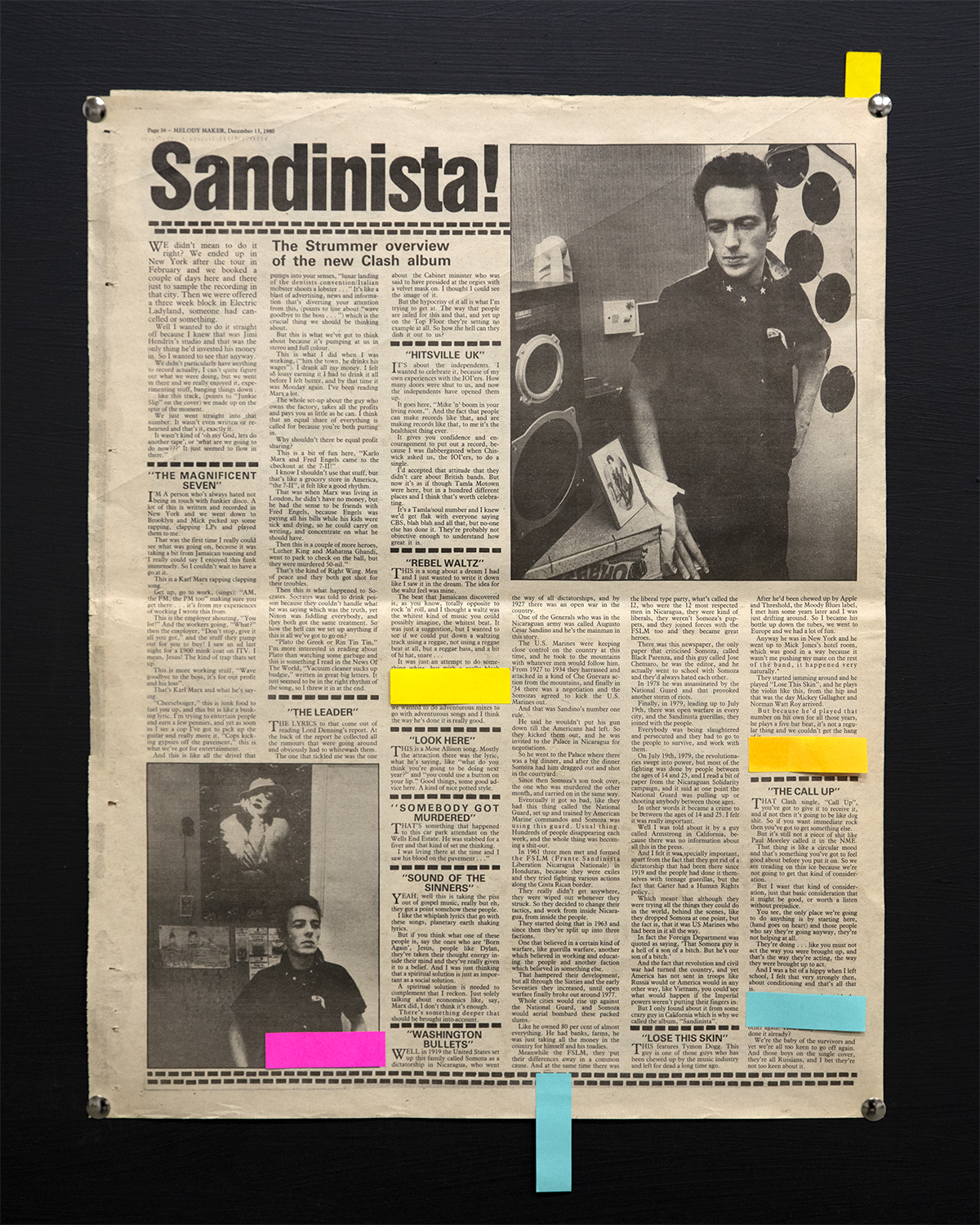
Gonzalo Reyes Rodriguez
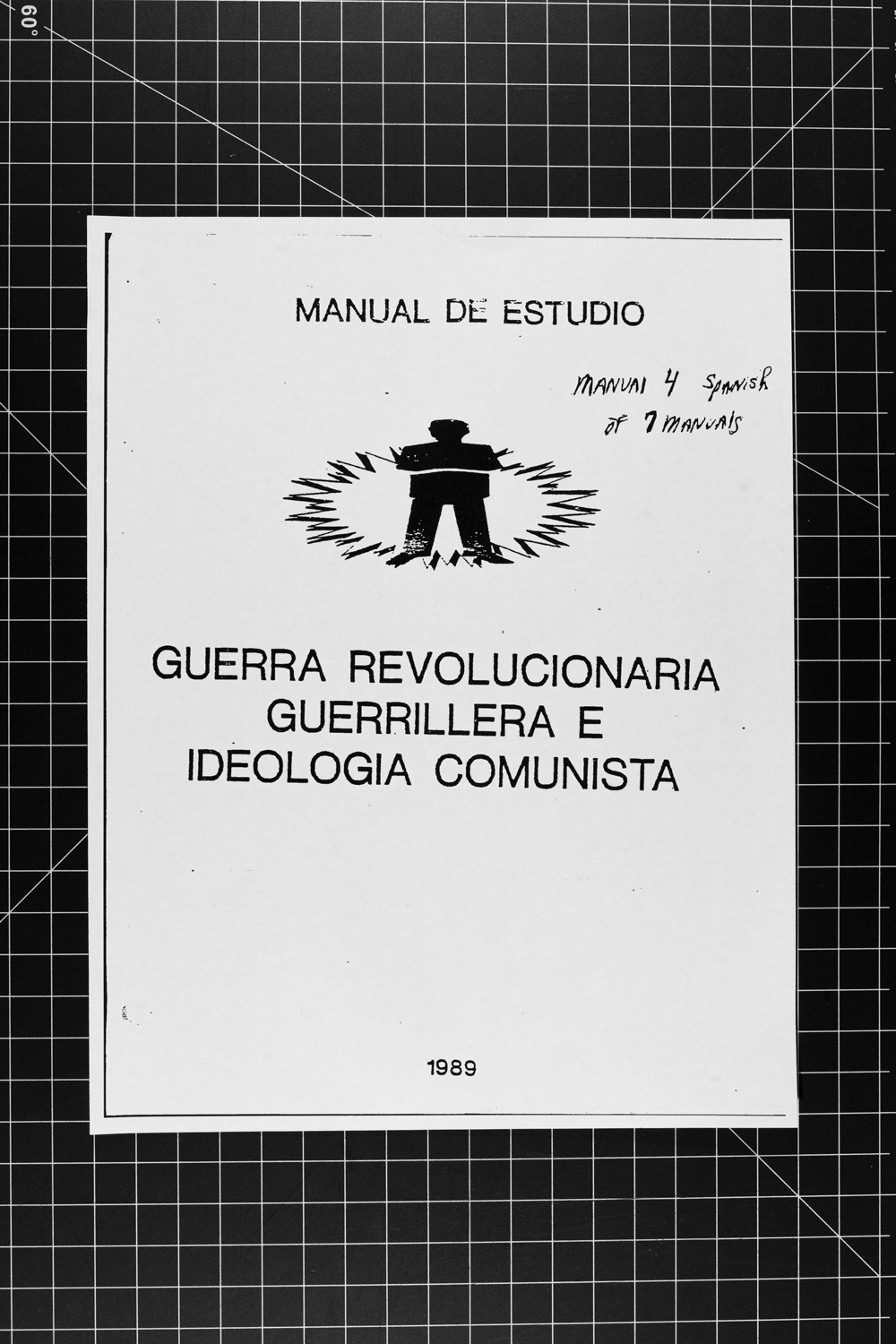
Gonzalo Reyes Rodriguez
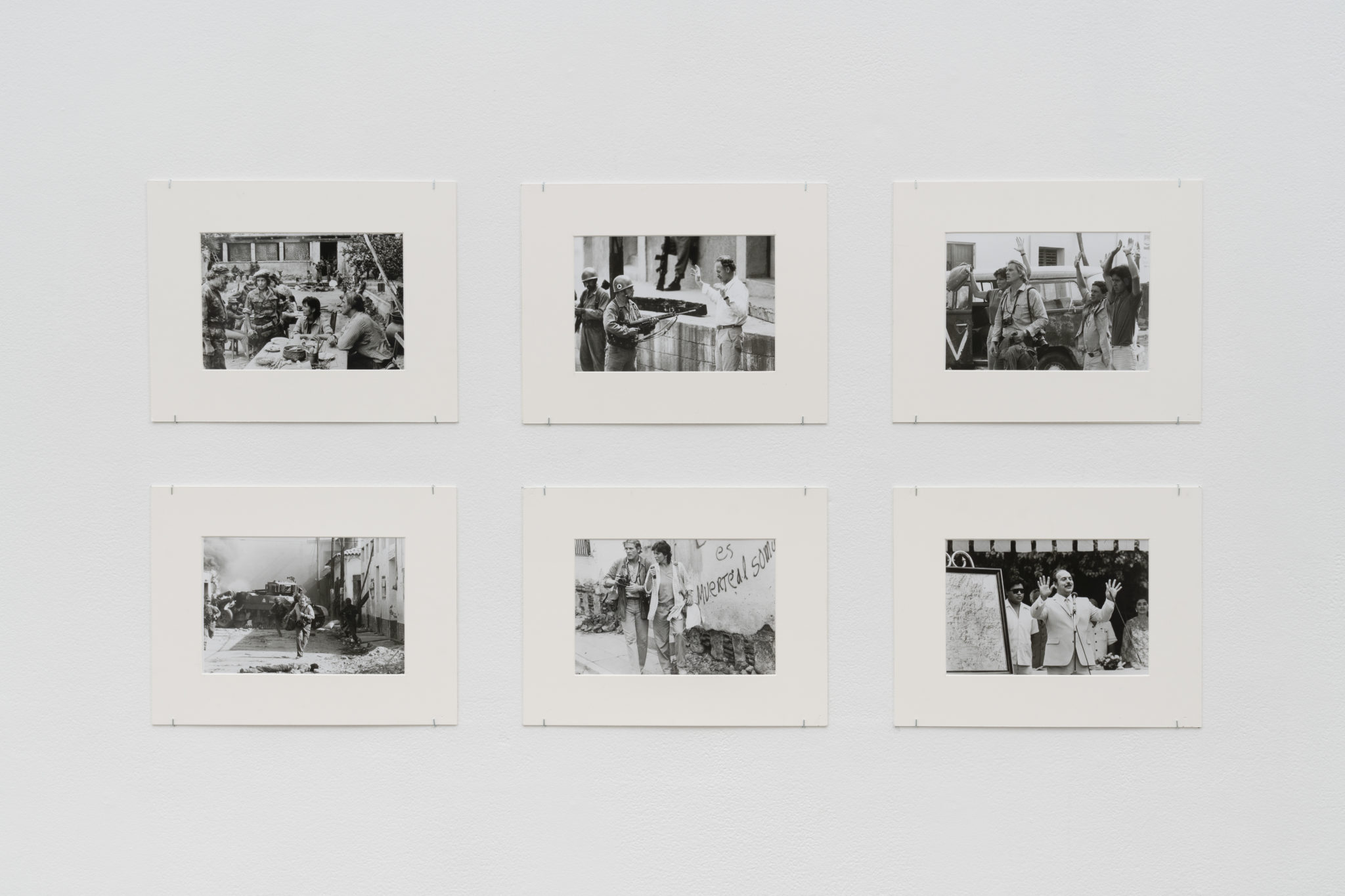
Gonzalo Reyes Rodriguez

Gonzalo Reyes Rodriguez
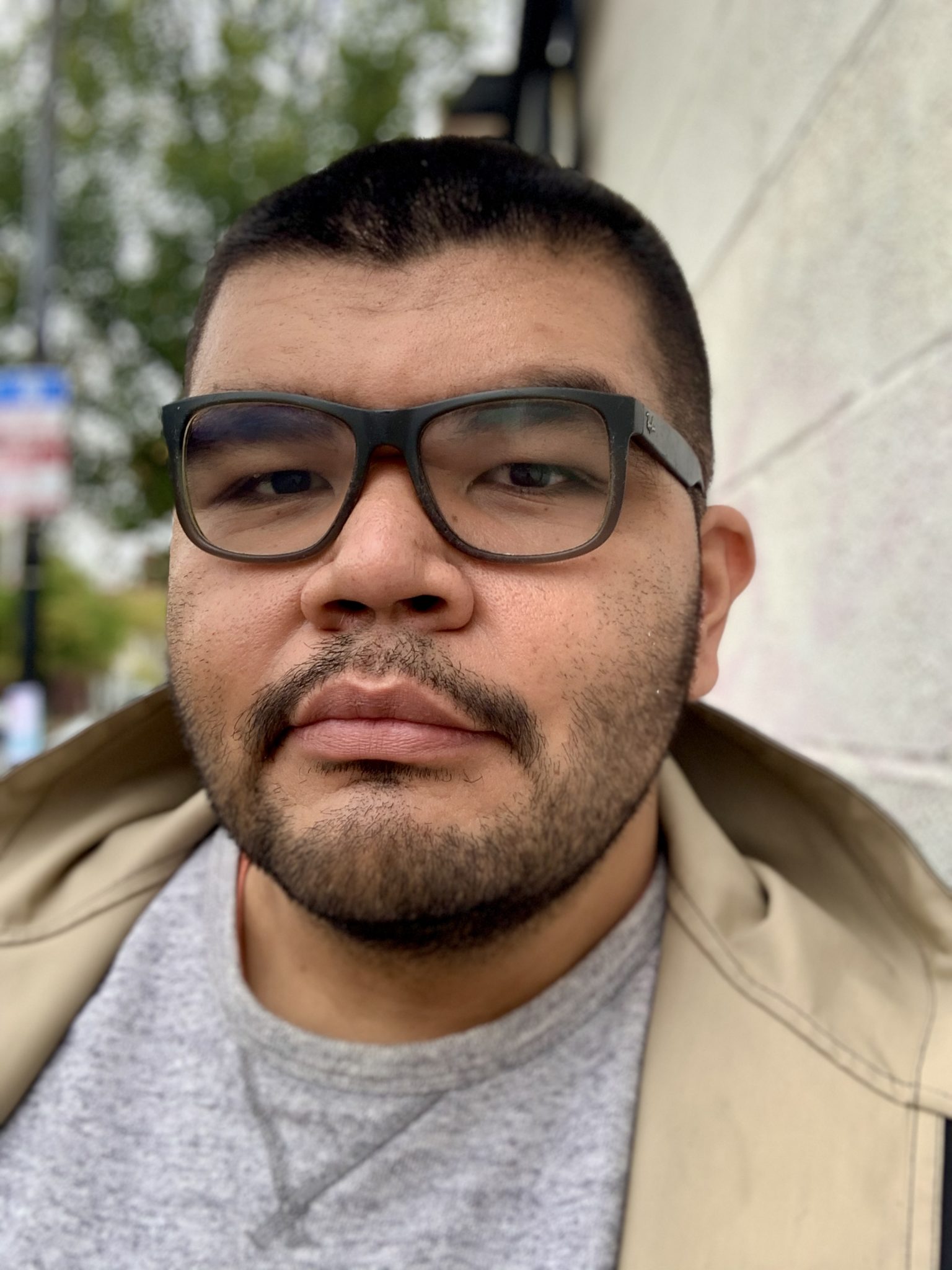
Gonzalo Reyes Rodriguez


